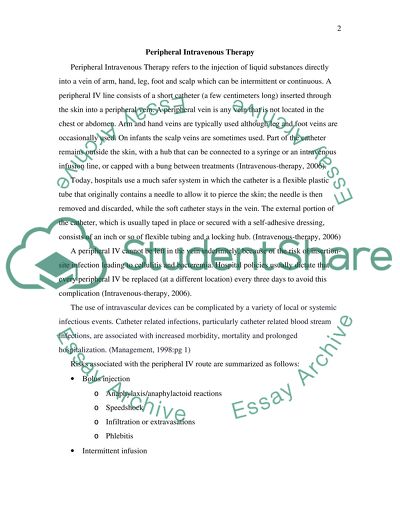Cite this document
(“Peripheral Intravenous Therapy Essay Example | Topics and Well Written Essays - 4250 words”, n.d.)
Retrieved from https://studentshare.org/health-sciences-medicine/1508084-peripheral-intravenous-therapy
Retrieved from https://studentshare.org/health-sciences-medicine/1508084-peripheral-intravenous-therapy
(Peripheral Intravenous Therapy Essay Example | Topics and Well Written Essays - 4250 Words)
https://studentshare.org/health-sciences-medicine/1508084-peripheral-intravenous-therapy.
https://studentshare.org/health-sciences-medicine/1508084-peripheral-intravenous-therapy.
“Peripheral Intravenous Therapy Essay Example | Topics and Well Written Essays - 4250 Words”, n.d. https://studentshare.org/health-sciences-medicine/1508084-peripheral-intravenous-therapy.


